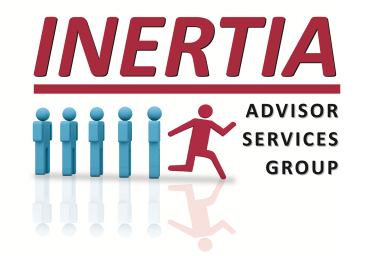Long-Term Care Planning & Required Minimum Distributions
With Americans living longer than ever, this longevity makes Long-Term Care (LTC) Planning an important consideration. For those in retirement, not already taking required minimum distributions (RMDs) from their retirement accounts, this presents an opportunity to use those RMDs to create a LTC Plan with those distributions. Here are two ways in which LTC Planning can be integrated with RMDs:
One option for a client who is concerned about the potential cost of LTC in the future would be using their RMDs to fund a separate LTC savings plan. This might include setting aside a portion of their RMDs in a dedicated savings or investment account, but that would also mean any future LTC benefits would be predicated on the account's performance and would likely be subject to income or capital gains taxes.
So, if a separate account makes sense, then one specifically designed for LTC Planning makes even more sense. Funding premiums for an insurance-based LTC Plan may be the better method to use their RMDs. Not only will it ensure your client has the leverage of insurance when they need LTC in the future, but the plan will provide tax-advantaged or even tax-free dollars when accessed.
If you think an LTC Plan is too expensive for a healthy 73-year-old client facing RMDs, you may want to run the numbers.
Let's say your client, Sally Saver has an IRA with a value of $1,000,000; the RMD would be calculated in two steps. First is determining the applicable distribution period, which is based on the individual's age and the life expectancy listed in the IRS's Single Life Expectancy Table. For a 73-year-old individual, the distribution factor is 26.5 years. Then, you would calculate the RMD by dividing the IRA account balance ($1,000,000) by the distribution period (26.5 years), and the RMD for the client's IRA would be $36,735. Based on that computation, this becomes an efficient and effective way to use RMDs to fund a LTC Plan that could provide over $700,000 of TAX-FREE benefits.....and if LTC is never required, would return more than $350,000 TAX-FREE as a death benefit to Sally's heirs.
It's never been more important to help clients address Healthcare In Retirement, and it may be time to help your clients consider their RMD situation and an LTC Plan tailored to their needs and goals.
221221

